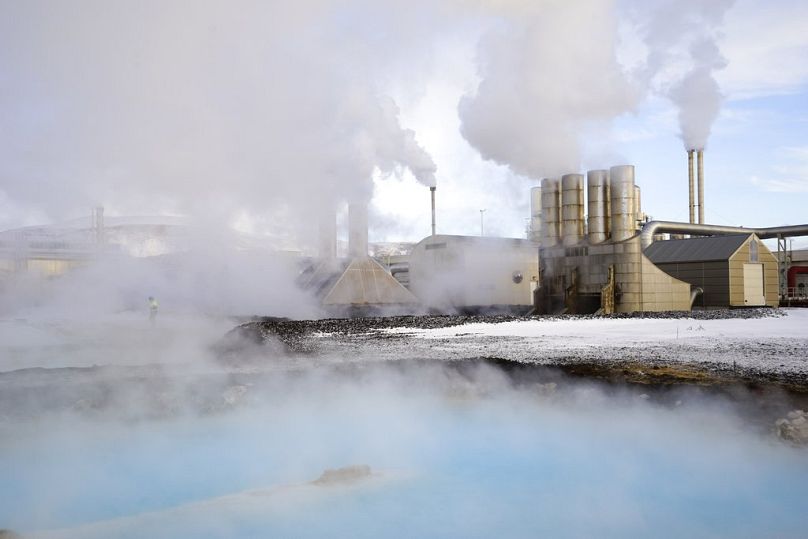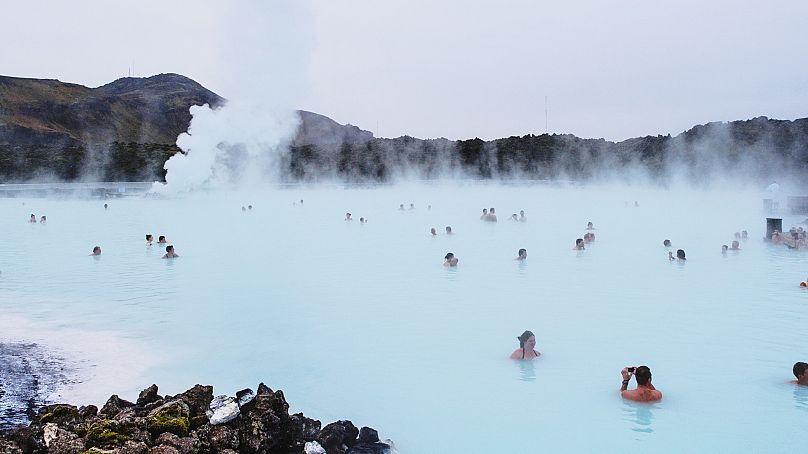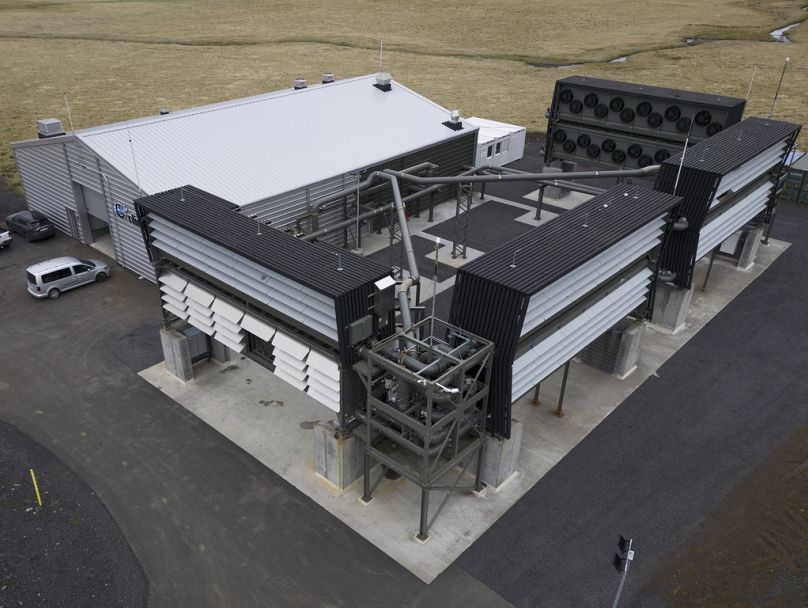This country has become a world leader in geothermal technology and produces one of the highest amounts of green energy per person in the world.
The climate and nature crises have thrown European countries into a new kind of healthy rivalry with each other.
In the race to reach net zero emissions and restore depleted ecosystems, any nation’s win is a victory for us all. But looking to the most positive examples on the continent can help inspire and pressure our own politicians to follow suit.
Of course it’s not an even playing field. From the windy coastlines of Sweden to Albania’s wild rivers, each country has its unique natural resources. As well as its particular political and economic context that could be helping or hindering climate action.
Last month we looked at how Denmark’s green leadership is inspiring other European nations.
This month, we’re celebrating Iceland’s unique approach to keeping carbon emissions down as it heats more than 130,000 households.
Here’s why Iceland is our Green country of the month for May.
Iceland gets the highest share of energy from renewables in all of Europe
Iceland generates more than 86 per cent of its electricity from renewable sources according to Eurostat and around 66 per cent of this comes from its geothermal resources.
The country lies on the Mid-Atlantic Ridge between the North American and Eurasian tectonic plates. This is a very active geothermal zone providing a great source of heat for Iceland’s homes.
The capital city, Reykjavik, has one of the largest district heating systems in the world, pumping millions of cubic metres of water heated by geothermal sources to its some 200,000 inhabitants.
Not only does this hot water power homes, but it also supplies some of Iceland’s most popular tourist attractions including the famous Blue Lagoon. Created by the neighbouring Svartsengi geothermal power plant, the site allows tourists to learn about the country’s energy landscape.
Heat and light from geothermal sources also help Iceland feed its citizens. Greenhouses, kept warm and bright by this renewable source, grow crops like tomatoes and cucumbers year-round.
Much of the rest of its renewable energy comes from hydropower from rivers fed by glaciers that cover 11 per cent of Iceland’s land mass. Investment in wind power is also growing, contributing to the country’s ever-increasing share of clean energy in its generation landscape.
How did Iceland become a world leader in geothermal energy?
But Iceland hasn’t always been a beacon of green energy, leading to the air over Reykjavik once being thick with smog. The country first started to harness its natural resources in the 1940s but was still getting around 75 per cent of its energy from fossil fuels by the 1970s.
Following the 1973 oil crisis, Iceland struggled to keep up with fluctuating prices. The government switched its focus to hydropower and geothermal heat instead. Money was put into building new infrastructure for green energy.
Since then, it has steadily weaned itself off of fossil fuels becoming one of the world’s biggest producers of green energy per capita. These cheap, renewable resources have drawn businesses like data centres and metal producers to the country too.
Unfortunately, just like everywhere else in Europe, climate change and overconsumption are still a problem. A lack of rainfall and increased demand have left Iceland’s hot water supply nearing its limit, local news outlet Visir reported in 2022.
As increased use outpaces population growth, utility companies have warned that they may need to start rationing hot water during long periods of cold weather and high demand.
What other positive environmental projects does Iceland have in the pipeline?
Carbon capture technology has been controversial because some campaigners and scientists believe that it isn’t yet effective and could prolong the life of the fossil fuel industry. But the IPCC says it is now unavoidable in the fight against climate change.
Mammoth, the world’s biggest direct carbon capture facility is currently being built in Iceland. It is being constructed by Swiss startup Climeworks AG and the captured carbon is taken by another business, Carbfix, mixed with water and injected deep underground where a chemical reaction will turn it into rock.
Climeworks AG says the plant will be able to suck 36,000 tonnes of CO2 from the air every year and the entire process will be powered by geothermal energy.
Iceland is already home to the world’s first large scale carbon dioxide removal plant. Called Orca, it is around 50km outside of Reykjavík and began pulling carbon from the air in 2021. Climeworks AG claims it can suck 4,000 tons of CO2 per year from the atmosphere - roughly the emissions from 870 cars.
While these plants only capture a small slice of the world’s annual 36.8 billion tonnes of CO2, the technology is rapidly advancing and Iceland is at the forefront of its development.
Honourable mentions go to…
There have been plenty of other positive environmental stories from Europe this month too.
In Portugal, solar and wind produced half of the country’s energy for the first time ever in April. Renewables reached 51 per cent of electricity production - beating the previous monthly record of 49 per cent in December 2021.
France announced in May that it plans to cut greenhouse gas emissions by 50 per cent by 2030 when compared to 1990 levels. This new figure is double current emissions cuts and will require efforts in all sectors from agriculture to electric vehicles.
France also officially introduced its ban on short-haul domestic flights this month. Any journeys that are possible in less than two-and-a-half hours by train now can't be taken by air.
What is Euronews Green's country of the month?
Euronews Green is highlighting European countries that are advocating for climate, nature and the environment. Each month, we select a country that stands out for anything from eco-innovations to policy change.
If you’re feeling encouraged by a European government-led initiative in June - please do reach out to us on social media, either on Instagram or Twitter.














